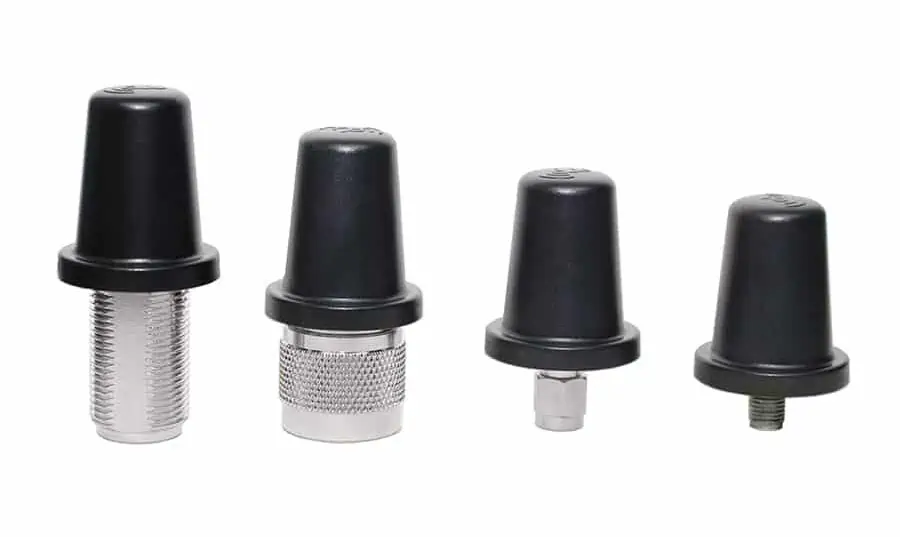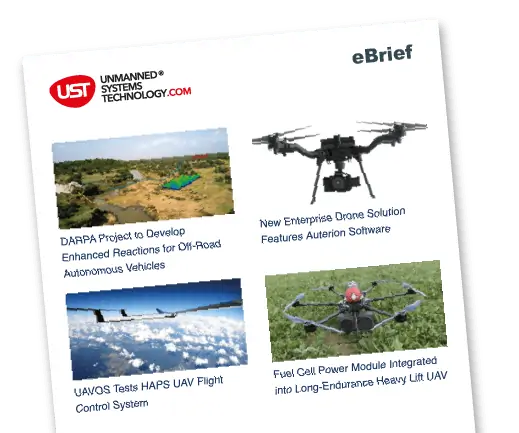In this case study, MP Antenna explains how it supplied wireless omnidirectional Micro Omni Antennas to meet the needs of a near space mission.
Problem
Spacecraft send and receive video feeds that contain mission-critical information. For example, although the US fleet of Space Shuttles is now retired, NASA required a daily inspection of the heat shield panels during spaceflight. Yet video antennas that relied upon Line Of Sight (LOS) could propagate signals with greater loss since the shuttle’s wings and tails represented obstructions.
With Non Line Of Sight (NLOS) conditions like these, high path loss and degradation can interfere with reliable communications. If the obstacles posed by a spacecraft’s structures are significant enough, communications may not be available in some locations. That can be a particular problem, and a risk factor, for safety-related inspections.
Not all video feeds are of the spacecraft itself, but Mission Control still wants to receive reliable video feeds regardless of content. For deep-space communications, spacecraft are equipped with large antenna arrays that project from the vehicle. For near space communications, small but rugged flush-mounted antennas with an omni-directional pattern are needed, but they must work well under NLOS conditions.
Solution
To meet the needs of a near space mission, MP Antenna supplied Micro Omni Antennas. These wireless omnidirectional antennas are ruggedized and have a small footprint and a low profile, important considerations for a vehicle that needs to survive launch and re-entry. Importantly, these compact antennas also provide increased throughput and signal stability in NLOS environments.
MP Micro Omni Antennas feature a patented, three-dimensional design element and are multi-polarized so that they can transmit and receive signals on more than just the vertical plane. In fact, these devices can leverage the infinite number of planes in three-dimensional space. That makes them ideal for NLOS conditions, even when a spacecraft instead of a skyscraper is the obstacle to reliable communications.
Unlike other antenna manufacturers, MP works with original equipment manufacturers to field-test its antenna products under application conditions. Because spacecraft need to meet especially rigorous requirements, laboratory testing alone is not enough. Whether you need to communicate under NLOS conditions from outer space or across town, contact MP Antenna.











